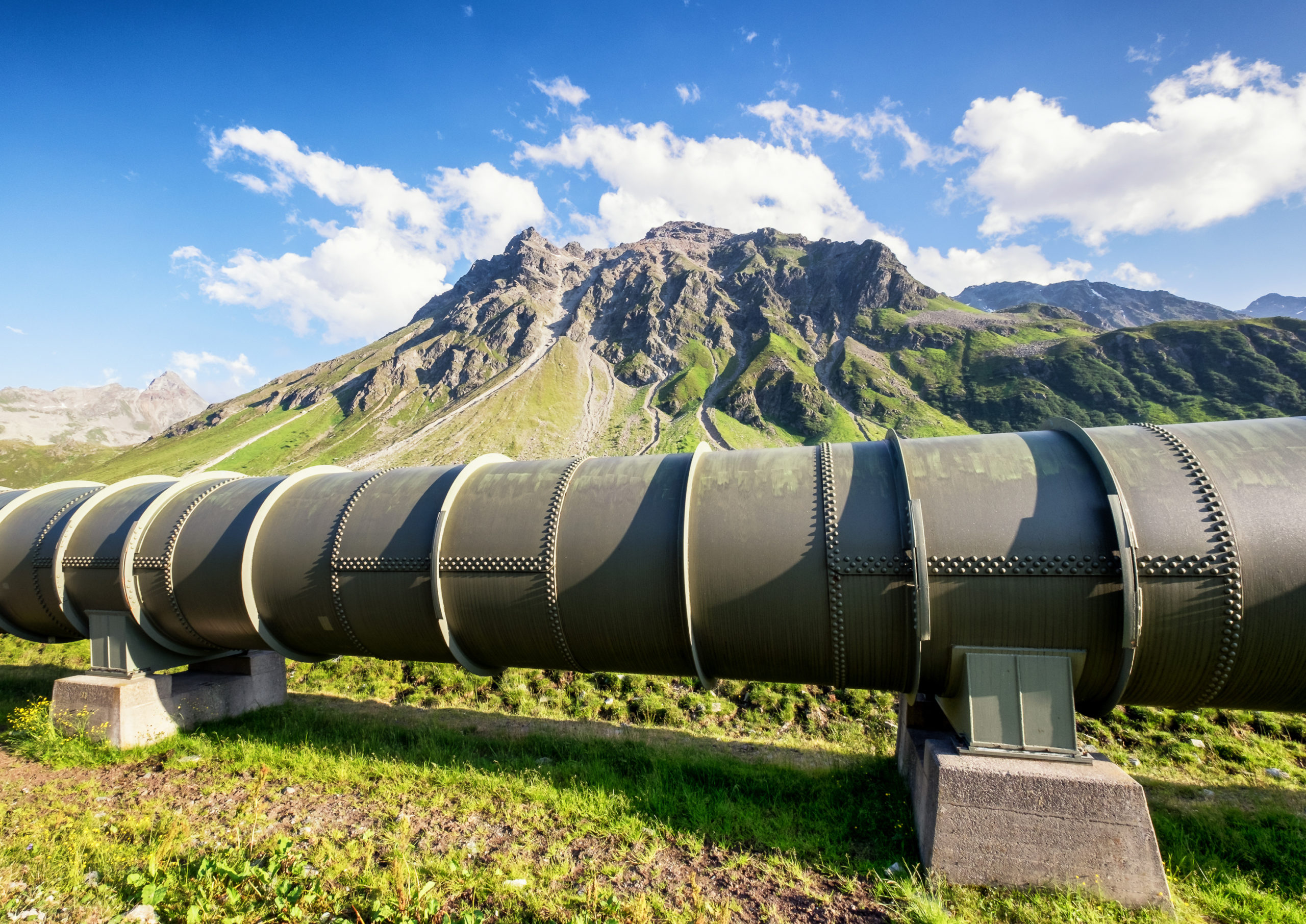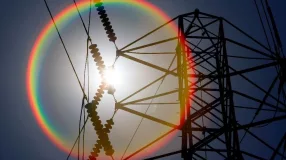Protecting the safety of employees, the environment and the communities in which we operate is the number one priority for natural gas pipeline operators. Robust planning, programming and regulatory requirements put safety at the top of mind during every step of a pipeline’s design, construction, operation and ongoing maintenance. Natural gas infrastructure operators have rapidly evolved with industry-driven advances in leading practices and developed innovative pipeline safety technologies, making our industry, and the communities we serve, safer. The rules which govern pipeline safety should keep up with this momentum.
Federal and state agencies play a critical role in ensuring the safety of natural gas pipelines. While the Federal Energy Regulatory Commission has the authority to review and approve pipeline routes, the Department of Transportation’s Pipeline and Hazardous Material Safety Administration (PHMSA) is charged with regulating the ongoing safety of natural gas pipelines.
Historically, the safety rules governing natural gas transmission pipelines, and the funding of PHMSA to enforce these rules, has been granted under the Pipeline Safety Act. Under this Act, PHMSA’s pipeline safety program is reauthorized every four years. However, this critical pipeline safety program lapsed on September 30, 2019, and Congress has yet to reauthorize it. In addition to providing funding to support PHMSA and states’ oversight of our nation’s natural gas pipeline network, the reauthorization bill provides an opportunity to make key updates to several safety standards. Certain current regulations are based on federal standards established over the course of 50 years, and they fail to accurately reflect the technologies and processes now available to the pipeline industry.
Recently, the U.S. Senate passed the Protecting our Infrastructure of Pipelines and Enhancing Safety (PIPES) Act of 2020 to reauthorize PHMSA’s pipeline safety programs through 2023 and add a series of modernized pipeline safety rules and programs. Provisions in the PIPES Act include a number of forward-looking and meaningful enhancements that will advance public safety programs, reduce methane emissions, and embrace new technologies – bringing natural gas transmission pipeline safety regulations into the 21st century. Examples of these updates include strengthening leak detection and repair and class location change regulations to enhance public safety while minimizing methane emissions, supporting advanced technology development and pilot programs, and providing funding for emergency first-responder trainings.
The Senate’s actions are a positive step, but the bill still has to pass through the U.S. House of Representatives, which some report may not take place until the next Congress. Our industry remains unwavering in its commitment to enhance pipeline safety, but we need regulatory programs that reflect today’s technology and the advancements we’ve made over the past 50 years.
Despite the ongoing COVID-19 pandemic, the natural gas pipeline industry has continued to safely and reliably operate, delivering energy to consumers and businesses across the country. The PIPES Act represents years of work and collaboration between policymakers, public advocacy groups, and industry experts. To continue safely and efficiently meeting our nation’s energy needs, it is imperative that the House of Representatives swiftly pass this critical legislation. The PIPES Act of 2020 will ensure our nation’s natural gas pipelines continue to deliver energy to Americans in a safe, reliable and environmentally sound manner.







